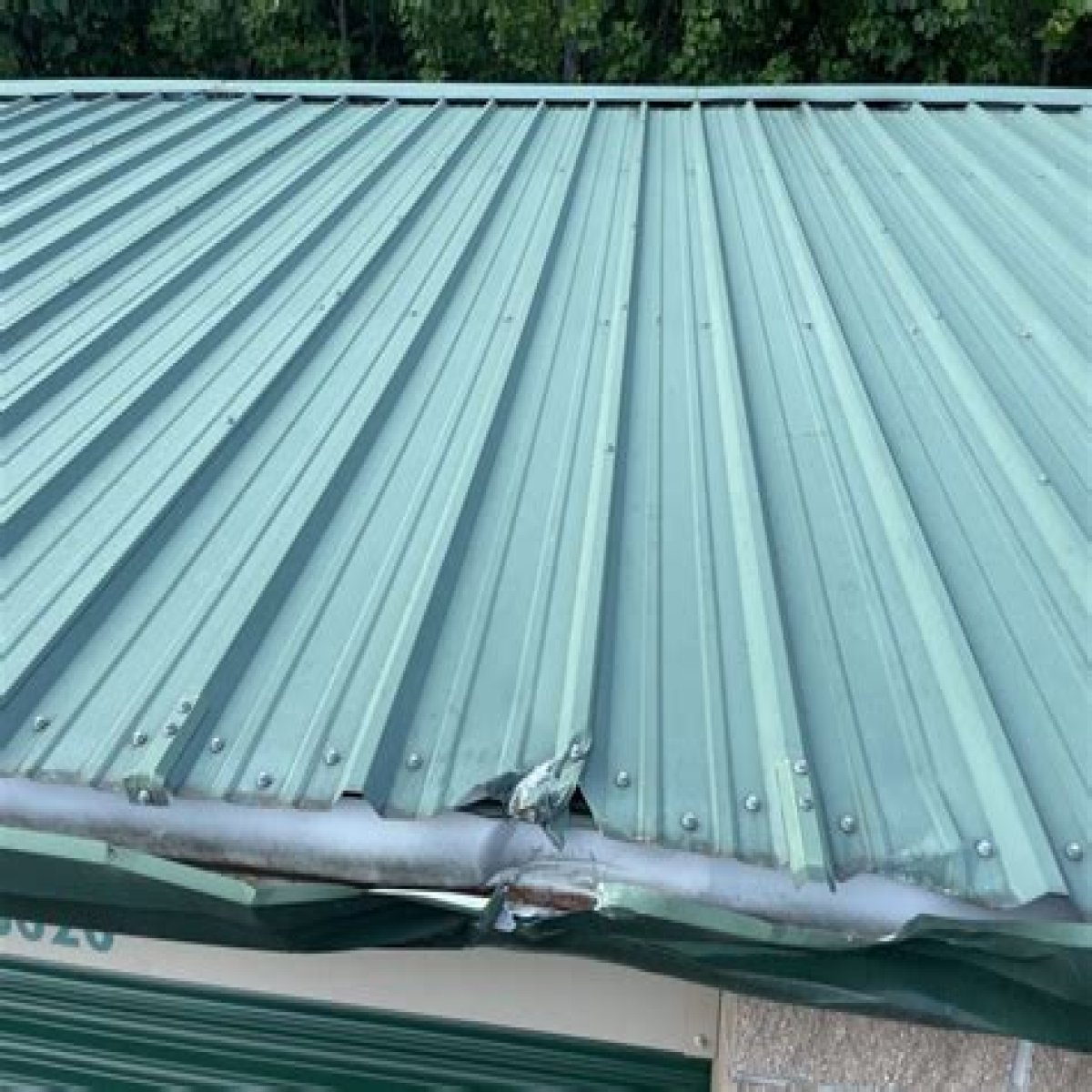The fantastic climate includes a price, nevertheless. It can be rough on roofs. Our company prides itself on keeping your industrial roofing and domestic roofing in prime condition. If you require a brand-new roof, we will install it. If you need repair work, we will do a quality job. We continually aim to enhance our ability as property and business roofers.
We offer trust, integrity, quality, and peace of mind. Many business can provide you a roof, however very few can provide you the safe feeling that we do. Working with a quality roof company minimizes your worry and enables you to concentrate on your work and your family.
House owner maintenance includes cleaning the leaves and particles from the roofing’s valleys and rain gutters. Debris in the valleys can trigger water to wick under the shingles and trigger damage to the interior of the roof. Clogged up rain seamless gutters can cause water to stream back under the shingles on the eaves and cause damage, regardless of the roof product.
The very best method to protect your roofing system is to remain off it. Also, seasonal modifications in the weather are typically the most damaging forces. A leaky roofing system can damage ceilings, walls and home furnishings. To protect buildings and their contents from water damage, roofing professionals repair work and set up roofings made of tar or asphalt and gravel; rubber or thermoplastic; metal; or shingles made of asphalt, slate, fiberglass, wood, tile, or other product.
There are 2 types of roofing systems: flat and pitched (sloped). Many industrial, industrial and apartment have flat or a little sloping roofs. A lot of homes have pitched roofs. Some roofing professionals work on both types; others specialize. A lot of flat roofing systems are covered with numerous layers of products. Roofing professionals initially put a layer of insulation on the roofing system deck.
Next, they install partially overlapping layers of roof felt, a fabric saturated in bitumen, over the surface. Roofing professionals utilize a mop to spread hot bitumen over the surface and under the next layer. This seals the seams and makes the surface area watertight. Roofing contractors duplicate these steps to develop the preferred variety of layers, called plies. To use shingles, roofers initially lay, cut, and tack 3-foot strips of roof felt lengthwise over the entire roofing. Then, beginning with the bottom edge, they staple or nail overlapping rows of shingles to the roof. Workers procedure and cut the felt and shingles to fit intersecting roofing surface areas and to fit around vent pipes and chimneys.
Finally, roofing professionals cover exposed nailheads with roof cement or caulking to avoid water leak. Roofing professionals who use tile, metal shingles or shakes follow a similar process. Some roofing professionals also water-proof and damp-proof masonry and concrete walls and floors. To prepare surface areas for waterproofing, they hammer and sculpt away rough spots, or eliminate them with a rubbing brick, prior to applying a coat of liquid waterproofing substance.
When damp-proofing, they normally spray a bitumen-based finish on interior or exterior surface areas. Asphalt is the most typically used roof material. Asphalt items include shingles, roll-roofing, built-up roofing, and customized bitumen membranes. Asphalt shingles are usually the most typical and economical choice for residential roof. They come in a variety of colors, shapes and textures.
Laminated shingles include more than one layer of tabs to offer extra thickness. Interlocking shingles are used to offer greater wind resistance. And big individual shingles typically are available in rectangular and hexagonal shapes. Roll-roofing items are normally used in residential applications, primarily for underlayments and flashings. They are available in four different kinds of material: smooth-surfaced, saturated felt, specialty-eaves flashings, and mineral-surfaced.
Smooth-surfaced items are used mainly as flashing to seal the roof at crossways and protrusions, and for supplying additional deck security at the roofing’s eaves and valleys. Saturated felt is utilized as an underlayment between the roofing deck and the roofing material. Specialty-eaves flashings are typically used in climates where ice dams and water backups prevail.
BUR is utilized on flat and low-sloped roofings and includes multiple layers of bitumen and ply sheets. Components of a BUR system consist of the roofing system deck, a vapor retarder, insulation, membrane, and emerging product. A customized bitumen-membrane assembly includes continuous plies of saturated felts, covered felts, materials or mats between which alternate layers of bitumen are used, either emerged or unsurfaced.
